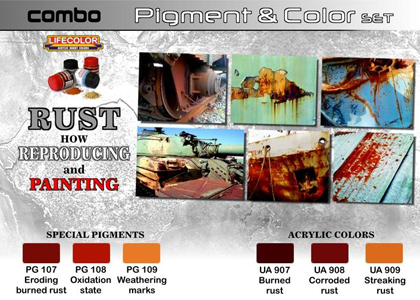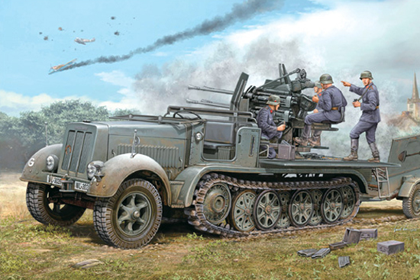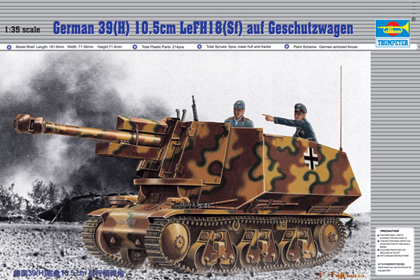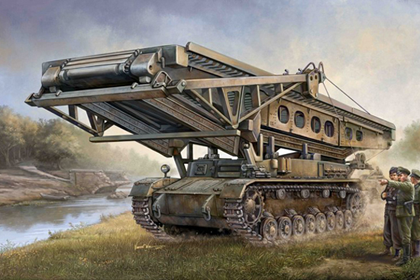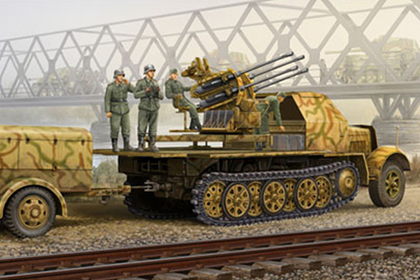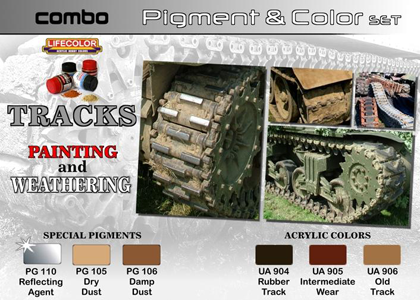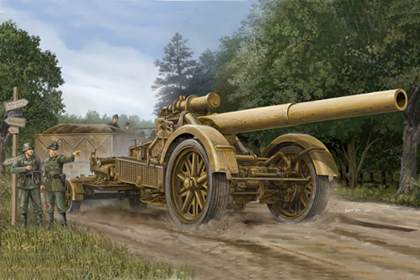This is the Tamiya 35 093-1600 kit in 1/35 scale, of the ‘Russian Tank Destroyer, SU-122’.
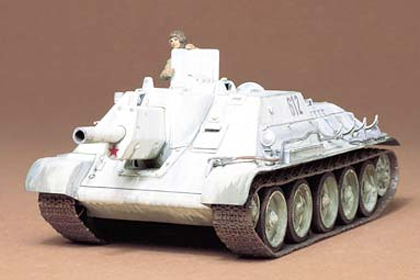
History
As Russian forces were forced to retreat from the relentless German blitzkrieg, large quantities of T34 and other tanks were produced in preparation of a counter attack. At the same time, Russian army urgently developed a new self-propelled gun, the SU-122. This tank featured a newly designed 122mm self-propelled howitzer and its production began in October 1942 at Tankograd in the Ural mountains. As the T34’s chassis and its mass production system was applied to SU-122, the first test models were amazingly completed with great speed taking approximately one month.
From there, the first lot of SU-122s were sent straight to the Leningrad front in January 1943. From July 1943, they saw action in the Battle of Kursk. The SU-122 with its 23 caliber 122mm howitzer fought with all its might against Panther and Tiger tanks and went on to superbly win a glorious victory. In following the success at Kursk, the SU-122 set the foundation on where other tanks such as the SU-85, SU-100, JSU-122, and JSU-152 were built upon.
